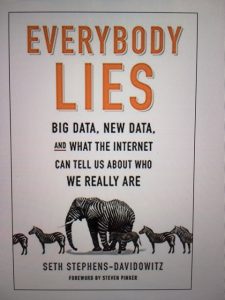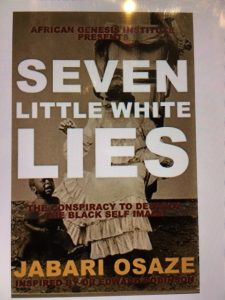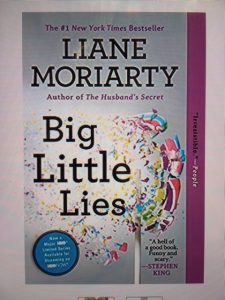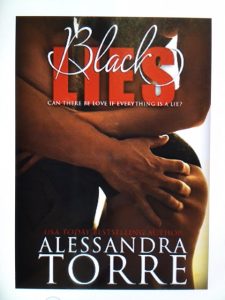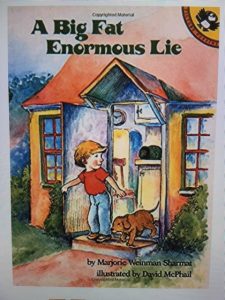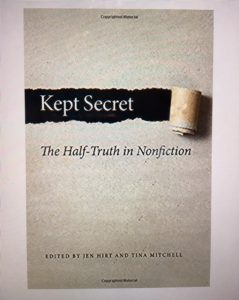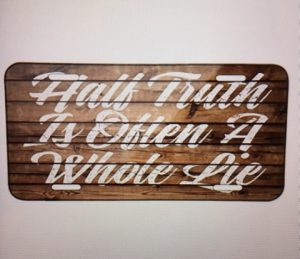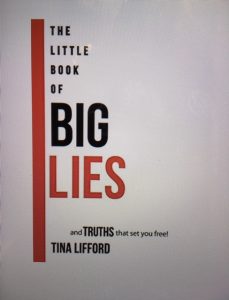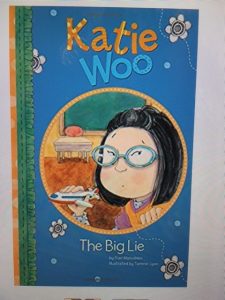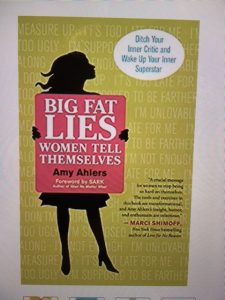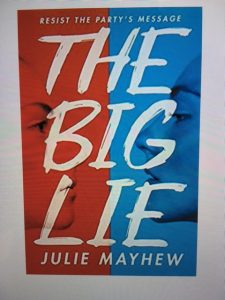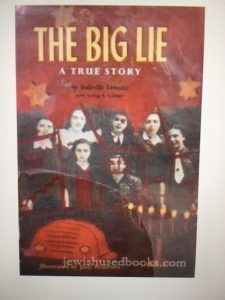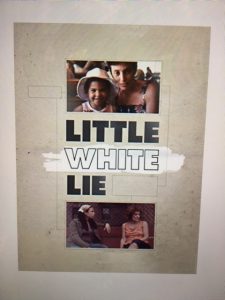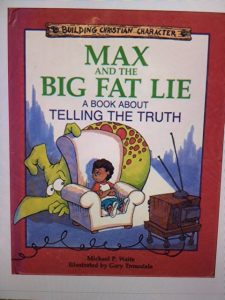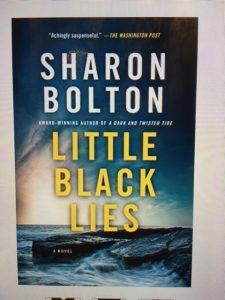Actually, that’s a dumb question. People (and characters) lie when they want to make others believe something that isn’t true. Behind that generalization there can be all sorts of motives, both benign and malicious.
Benign lies are often called white lies, or little white lies. These are presumably innocuous lies, perhaps to ease a social situation, e.g., “Don’t worry, Marcie, that dress makes you look ten pounds thinner.”
For writers, benign lies are useful as character notes but also—and perhaps more interestingly—because they often go awry.
If you go by the book titles, lies come in two sizes and two colors: big or little, black or white. But as writers, we all know that lies are much more complex.
Consider the multiple ways that people can be led to believe something that isn’t true.
First, there are lies of commission: the flat-out statement of an untruth. A character directly and intentionally says something that the reader knows or subsequently learns is untrue. “I already walked the dog.” “Jack ate the last cookie.” “I saw Mary with the gun still in her hand.”
Then there are lies of omission: concealing all or part of the facts. In courtroom parlance, this is known as withholding evidence. The character reveals only as much truth as circumstances compel.
One of the most useful ways for creating a wrong belief is what I call lies by false conclusions. These often begin with such phrases as I heard, I read somewhere, everyone’s saying, etc. Then the speaker says something like, “I don’t know if it’s true or not” and then ends by asserting the opening statement as fact. For example, “I was down at the Town Tavern last night and I overheard a guy saying he saw Mary Beth Jones and Joe Smith going into the Cadillac Motel. I don’t know if it’s true or not. But poor Bob Jones has no idea his wife is two-timing him.”
Then there are lies by false labeling. An example of this would be referring to a 39-year-old as a “young man” or “my little sister” to create an image of someone more innocent or naive than his or her behavior suggests. Other examples would be calling a drunken soiree a cocktail party, labeling a fender-bender a car crash, etc. In short, it’s choosing language that either minimizes or enhancesan incident or person in order to mislead.
As a writer, it would serve you well to perfect the art of the lie!
